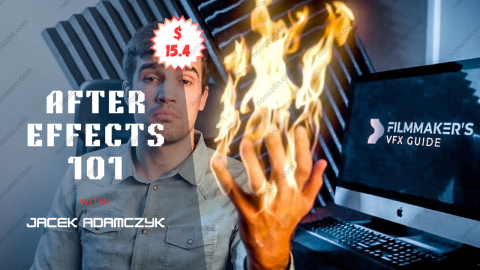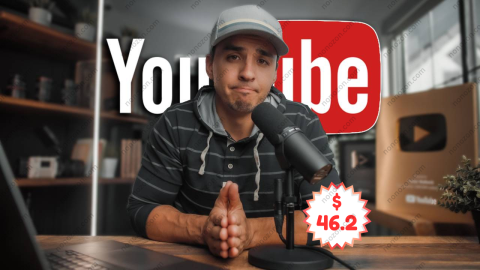Creating Fire and Smoke Simulations in Houdini and Axiom
by Liam Whitehouse
Creating Fire and Smoke Simulations in Houdini and Axiom by Liam Whitehouse For Digital Download!
Check Proof of Content here:
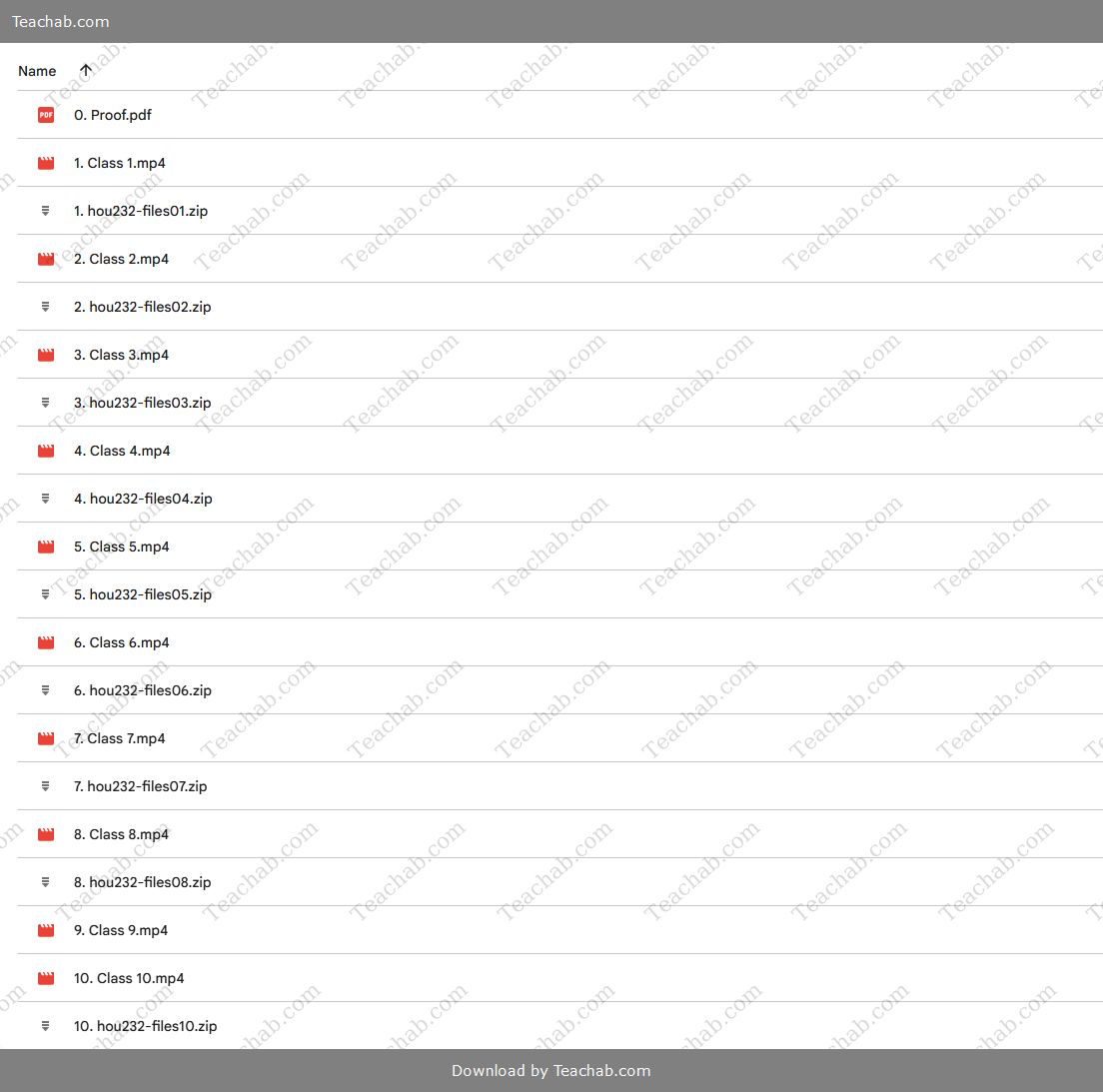
Creating Fire and Smoke Simulations in Houdini and Axiom: A Comprehensive Review
Simulating fire and smoke convincingly is a cornerstone of modern VFX, and mastering it can elevate an artist’s ability to craft immersive, cinematic visuals. Creating Fire and Smoke Simulations in Houdini and Axiom, taught by Liam Whitehouse, offers a hands-on, in-depth course that demystifies this complex process. With a focus on high-fidelity simulations—such as the dramatic destruction of a medieval siege tower—this course is tailored to both aspiring VFX artists and seasoned professionals looking to expand their toolkits.
Students are taken step-by-step through Houdini’s pyro FX workflows, gaining real-world insights into how to build, simulate, and render visually compelling fire and smoke. From initial material preparation to final output refinement, the course emphasizes practical skills rooted in industry expectations.
Core Principles of Houdini’s Pyro Workflow
At the heart of Houdini’s pyro system is a structured approach to building fire and smoke effects. The course begins with sourcing essential materials, including references and textures, which form the visual and behavioral basis of simulations. This initial step is critical, as it influences everything from fire color to smoke density.
Once assets are in place, students move into the simulation phase, utilizing Houdini’s robust tools to generate believable flame and smoke movement. The course introduces learners to the pyro bake volume, a vital visualization tool that helps artists assess and iterate their effects quickly. Performance optimization is stressed throughout, ensuring that quality is never sacrificed for efficiency.
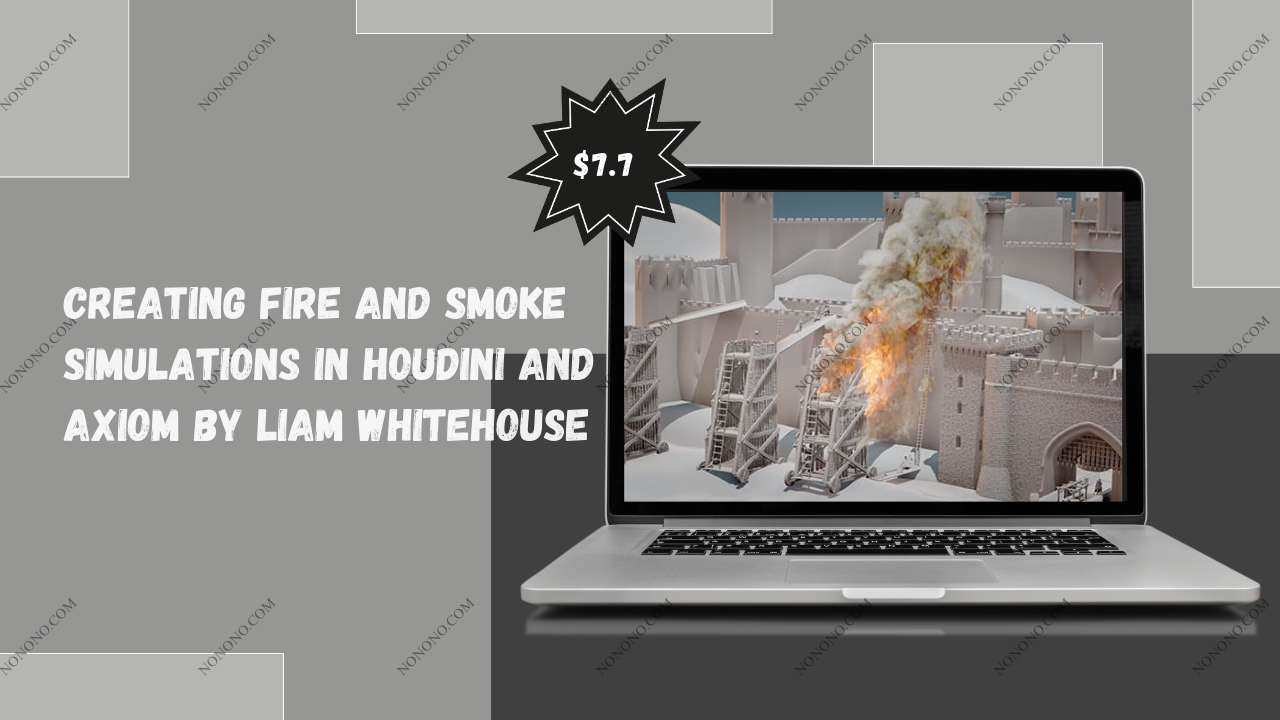
Advanced Control Through Key Techniques
Beyond the basics, the course explores advanced simulation techniques that allow for more creative and dynamic control. Students learn how to integrate influence fields, manage wind and turbulence, and control dissipation rates. These variables allow artists to customize their simulations for dramatic effect or subtle realism, depending on the needs of the scene.
Temperature, buoyancy, and fluid dynamics are all examined in depth, helping students understand how fire behaves in different environments. These lessons ensure learners go beyond presets and are able to shape simulations that feel organic and story-driven. The attention to fine detail helps bridge the gap between technical competence and artistic intent.
Accelerated Simulations with Axiom
A standout element of the course is its integration of Axiom, a powerful GPU-accelerated volumetric solver. This tool significantly speeds up simulation times while retaining intricate detail, making it ideal for high-end production where deadlines and visual fidelity are equally important.
Axiom’s inclusion reflects the VFX industry’s shift toward GPU-driven workflows. It enables faster experimentation and more iterations, encouraging students to explore complex ideas without being limited by hardware constraints. Whitehouse shows how to incorporate Axiom seamlessly into Houdini projects, enabling artists to push the envelope in both quality and efficiency.
The course also covers rendering setups using Karma XPU, Houdini’s hybrid CPU/GPU renderer. Students learn how to fine-tune materials and lighting parameters to bring their pyro simulations to life. This final step is essential for transforming raw simulations into polished cinematic shots.
Breakdown of Course Modules
Organized into clearly defined classes, the course builds complexity gradually. Initial lessons focus on setup—making sure Houdini and Axiom are configured properly. This foundation ensures a smoother learning experience and minimizes troubleshooting down the line.
Class 3 explores smoke pyro simulation in detail, guiding students through sourcing, attribute tuning, and visual refinement.
Class 4 addresses fast-moving fire—a difficult effect to execute convincingly. By examining flame speed and turbulence, Whitehouse teaches how to create dynamic and believable fire motion.
Class 6 brings Axiom into the fold, showing how this solver can revolutionize the traditional smoke simulation pipeline with faster, more detailed outputs.
Class 9 is a deep dive into crafting photorealistic fire. Students learn how sourcing, turbulence, and buoyancy influence realism, helping them produce results that stand up to close scrutiny.
These progressive modules ensure that learners not only understand the how, but also the why behind each technique—developing a robust and flexible VFX skill set.
Lighting and Rendering for Realism
In addition to simulations, the course pays careful attention to lighting and rendering—key elements for creating immersive environments. Students explore how to use HDRI maps and area lights to shape the final look of their scenes.
Lighting determines the mood, realism, and clarity of a simulation. Through hands-on demonstrations, Whitehouse shows how thoughtful lighting choices elevate even a basic effect into a cinematic moment. This segment underscores the idea that great VFX is as much about presentation as it is about simulation accuracy.
Real-world applications, like simulating the aftermath of a siege with smoke curling through ruins and embers flickering in shifting light, are used to contextualize these skills in narrative-driven visual storytelling.
Final Thoughts
Liam Whitehouse’s Creating Fire and Smoke Simulations in Houdini and Axiom is a thorough, practical course that demystifies one of the most challenging areas in visual effects. By blending theory with hands-on practice, the course equips learners to build high-quality fire and smoke simulations from scratch using industry-standard tools like Houdini, Axiom, and Karma XPU.
From foundational principles to advanced GPU-accelerated workflows, students leave with the skills needed to create breathtaking visuals and meet the expectations of professional VFX pipelines. For those serious about mastering pyro FX in Houdini, this course is not just helpful—it’s essential.
Related products
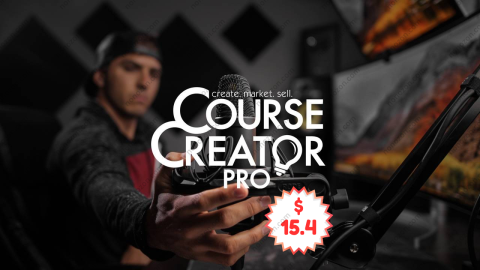
Course Creator Pro (Preview) - Lifetime Updated
by FullTime Filmmaker Team
$15.40

